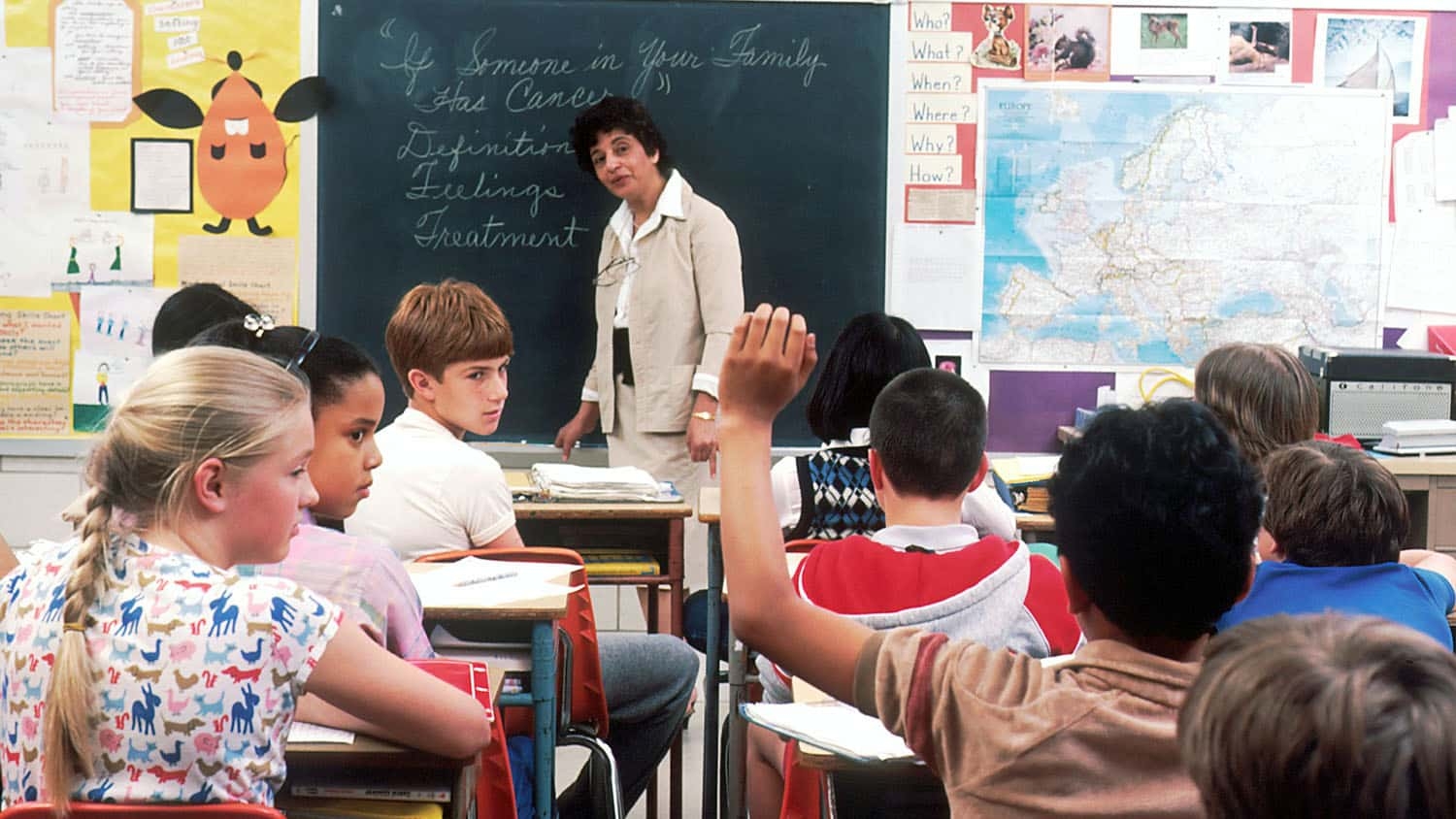Media Agenda and Public Opinion in Russia

Research from 2015 showed that upward of 80 percent of Russians view the United States in a negative light. That statistic jumped out at Ekaterina Bogomoletc, a graduate student studying communication at NC State.
Curious about the role Russian media played in public opinion about the U.S., Bogomoletc examined the rhetoric, tone and meaning captured in hundreds of TV news stories from 2012-15. She analyzed how today’s Russian media messages compare to those delivered during the Cold War.
Bogomoletc, who is from Russia, presented her research during the 2017 NC State Graduate Student Research Symposium, where her poster won third place in the humanities category. We asked her to tell us more about her study.

Q: As part of your research, you examined more than 570 TV news stories. How did you conduct your content analysis and what were some of the things you looked for?
Bogomoletc: In recent years, some experts have described the Russian media agenda as the “Second Cold War.” In addition, other scholars have referred to the reintegration of Crimea into Russia in 2014 as the turning point in media coverage of the U.S. Based on a literature review I conducted about Cold War rhetoric, I came up with a coding scheme that helped me research if the “Second Cold War” label was relevant to broadcast media coverage of the U.S. in Russia in 2015. I also wanted to see if the Crimea situation actually overlapped with any changes in the way Russian media portrayed the U.S.
I examined a total of 572 news stories from two Russian TV channels. I coded each according to the particular Cold War myth they were broadcasting(e.g. Americans are imperialists who try to control the world), the story’s tone (positive/negative/neutral) and the meaning of the myth (i.e., whether a news story promoted the myth or undermined the myth).
Q: What did you find?
Bogomoletc: I have several intriguing findings. First, I found that media coverage of the U.S. in Russia could have been affected by the reintegration of Crimea into Russia in 2014. This is an interesting finding because the U.S. was not directly involved in the conflict, but still received increased negative coverage by Russian media.
Second, the study demonstrated that negative media coverage of the U.S. was connected to public opinion about the U.S. in Russia. This basically shows that the dramatic shift in public opinion in 2015 might be attributed to the way Russian media portrayed the U.S.
Finally, I found that although media coverage of the U.S. from 2012-15 resembled Cold War rhetoric, it had so many unique features that it would be wrong to label it the “Second Cold War.” We’re witnessing a new rhetoric, and as communication scholars, we need to find a new approach to describe this rhetoric.
Q: Why does this research matter?
Bogomoletc: This research matters for two reasons: it contributes to our knowledge about American-Russian relations and it contributes to the body of research about possible links between media coverage of a certain topic and public opinion.
First, although the Cold War ended 26 years ago, it remains the default label to describe the rhetoric around American-Russian relations. Something is wrong about that, isn’t it? I believe that studies like mine show the need to come up with a new approach and deepen our understanding of what is going on in the world.
Second, there are surprisingly few studies investigating possible connections between media coverage of foreign countries and public opinion. My study contributes to the body of research on this topic by showing that negative media coverage of a foreign country is connected to negative perceptions of the country. At the same time, the study did not reveal any correlation between positive media coverage of the U.S. and public opinion about America in Russia. This poses a number of questions about how media shape public perception of foreign countries.


